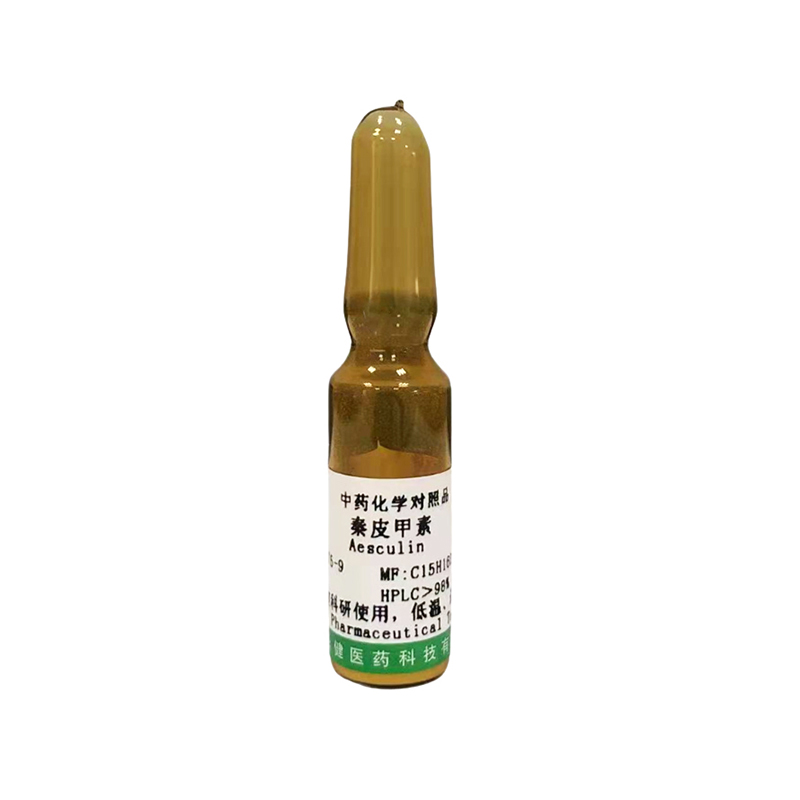Pachymic Acid
Application of Pachymic Acid
Pachymic acid is a triterpenoid from P. cocos. Pachymic acid inhibits Akt and ERK signaling pathways.
Name of Pachymic Acid
Chinese Name: Poria acid
English Name: pachymic acid
Chinese alias: Poria acid Fulvic acid
Bioactivity of Pachymic Acid
Description:
pachymic acid is a triterpenoid from P. cocos. Pachymic acid inhibits Akt and ERK signaling pathways.
Related Categories:
research field > > cancer
Natural Products > > terpenoids and glycosides
Target:
Akt
ERK
In Vitro Study:
pachymic acid (PA) can inhibit the tumorigenesis of gallbladder cancer involving Akt and ERK signaling pathways. Pachymic acid (PA) treatment significantly inhibited Rho a, Akt and ERK pathways in gallbladder cancer cells. Pachymic acid (PA) treatment can downregulate PCNA, ICAM-1, RhoA, p-Akt and perk in a dose-dependent manner. 12 hours after treatment, 10 μ G / ml Poria acid (PA) inhibited cell growth at a concentration of 30 μ G / ml further reduced cell growth. Cell growth was inhibited in a time - and dose-dependent manner. After 48 hours of treatment, the concentration was 10 μ g/ mL,20 μ G / ml and 30 μ Pachymic acid (PA) at g / ml inhibited cell growth by about 25%, 40% and 70%. Pachymic acid (PA) also inhibits the growth of gallbladder cancer cells in a time-dependent and dose-dependent manner [1].
In Vivo Study:
in order to evaluate the antitumor activity of pachymic acid (PA) in vivo, the human lung cancer nci-h23 tumor xenograft model was used. Pachymic acid (PA) significantly inhibited tumor growth at doses of 30 and 60 mg / kg for 21 days compared with the control group [2].
Cell Experiment:
cell counting kit-8 (CCK-8) was used to evaluate the anti proliferation effect of pachymic acid (PA) on GBC-SD cells. In short, after the specified treatment, add 10 to each hole μ Lcck-8 solution, and after one incubation, the absorbance was measured at 450 nm using a microplate reader [1].
Animal Experiment:
mice [2] used female athymic nude mice aged 4-5 weeks. Exponentially grown nci-h23 cells (at 100 μ 5 in LPBs × 106) subcutaneously injected into the right flank of each mouse. Tumor xenografts were grown to an average size of 100-200mm 3 and randomly assigned to four different treatment groups (6 mice in each group): (a) vehicle control (0.1% DMSO in normal saline); (b)Pachymic acid(PA)10 mg / kg; (c)PA 30 mg / kg; (Dd)PA 60mg / kg。 Mice were given pa by intraperitoneal (IP) injection for 3 weeks (5 days / week). The tumor size was measured on two axes with the help of vernier caliper, and the tumor volume (mm3) was calculated.
Reference:
[1]. Chen Y, et al. Pachymic acid inhibits tumorigenesis in gallbladder carcinoma cells. Int J Clin Exp Med. 2015 Oct 15;8(10):17781-8.
[2]. Ma J, et al. Pachymic acid induces apoptosis via activating ROS-dependent JNK and ER stress pathways in lung cancer cells. Cancer Cell Int. 2015 Aug 5;15:78.
Physicochemical Properties Of Pachymic Acid
Density: 1.1 ± 0.1 g / cm3
Boiling Point: 612.2 ± 55.0 ° C at 760 mmHg
Molecular Formula: C33H52O5
Molecular Weight: 528.763
Flash Point: 184.7 ± 25.0 ° C
Exact Mass: 528.381470
PSA:83.83000
LogP:8.59
Appearance: White powder
Steam Pressure: 0.0 ± 4.0 mmHg at 25 ° C
Refractive index: 1.540
English Alias Of Pachymic Acid
pachimic acid
Lanost-8-en-21-oic acid, 3-(acetyloxy)-16-hydroxy-24-methylene-, (3β,16α)-
3-O-Acetyltumulosic acid
3-ACETYLTUMULOSIC ACID
Lanost-8-en-21-oicacid,3-(acetyloxy)-16-hydroxy-24-methylene-,(3beta,16alpha)
(3β,16α)-3-Acetoxy-16-hydroxy-24-methylenelanost-8-en-21-oic acid
Lanost-8-en-21-oic acid,3-(acetyloxy)-16-hydroxy
Lanost-8-en-21-oic acid,3-(acetyloxy)-16-hydroxy








